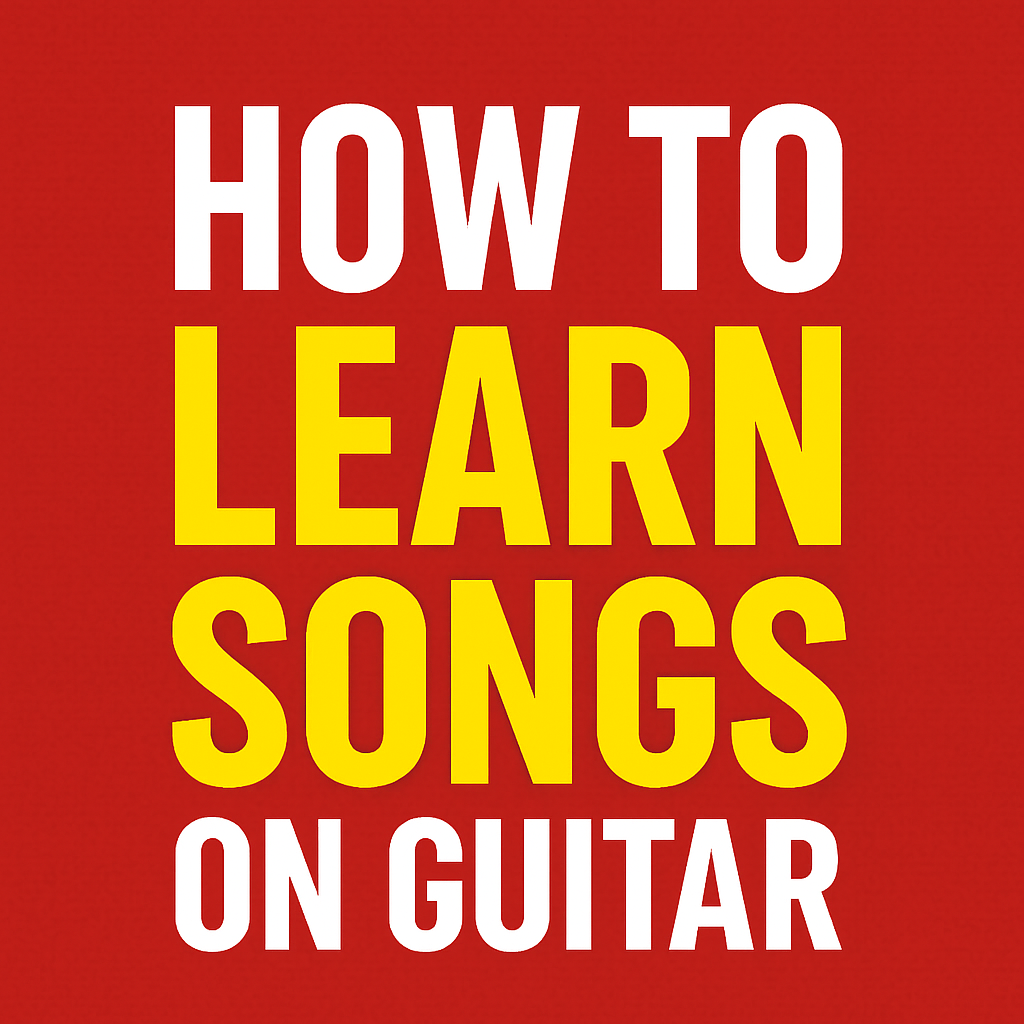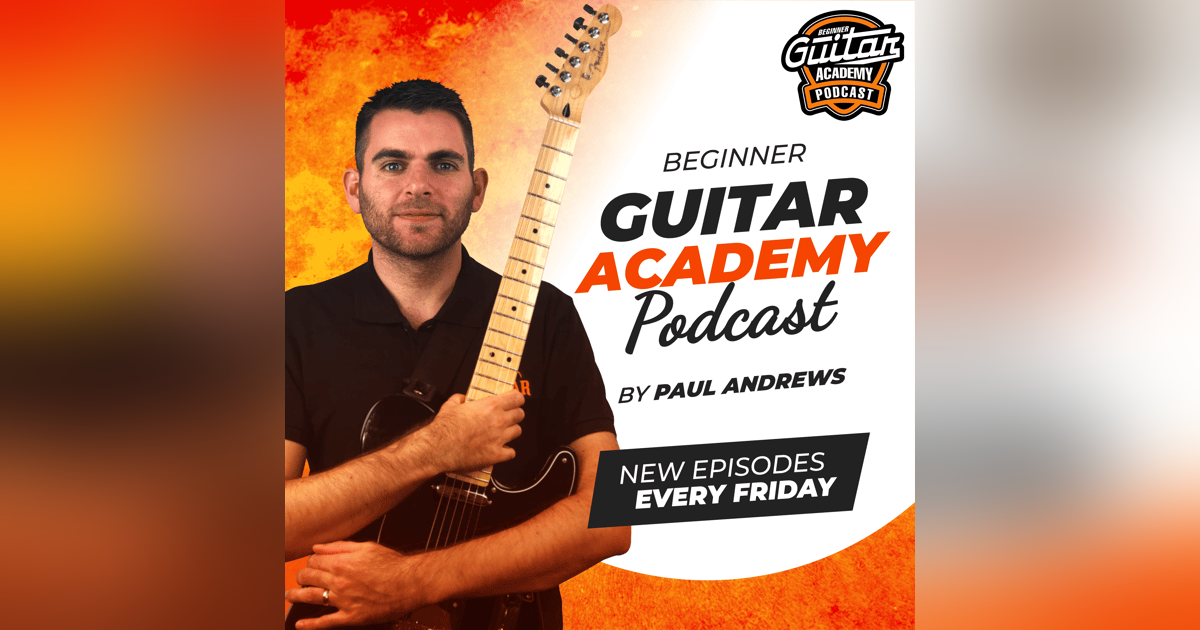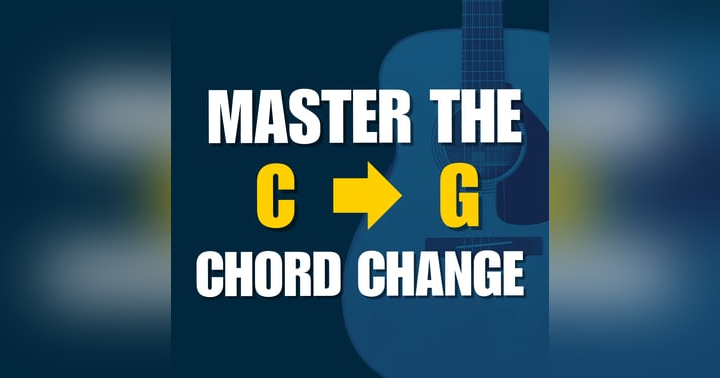How to Practice Songs Effectively: Tips from Beginner Guitar Academy Podcast

Have you ever found yourself learning tons of songs as a beginner guitarist—only to realize you can’t actually remember how to play most of them?
You’re not alone! In episode 248 of the Beginner Guitar Academy podcast, host Paul Andrews dives deep into this very problem and offers a practical, strategic system to not only learn songs but keep them fresh and improve them over time.
Here’s a breakdown of his advice so you can start building a memorable and ever-growing song list.
Understanding the Real Challenge
Many of us jump from song to song, only to discover that what we learn quickly fades. As Paul points out, the culprit is often a lack of structure in how we approach both learning and maintaining our repertoire. Learning a song isn't just about memorizing chords—songs are actually collections of different guitar skills, including chord changes, rhythm, picking patterns, and riffs.
Choose Songs that Match Your Skill Level
It’s tempting to try your hand at every cool riff or song you hear, but picking something too advanced will often end in frustration. Instead, analyze songs for the specific skills they require and make sure you have those skills in your toolkit.
If not, focus on developing those skills first or choose a song that’s just slightly ahead of where you are now to keep it achievable yet challenging.
Key takeaway: Break songs into their component skills. If a song is too hard, identify why, and work on those missing pieces in your general practice.
Learn Songs the Smart Way
Here’s Paul’s roadmap:
-
Listen to the Song: Don’t just grab a tab—spend time listening to the song repeatedly to get familiar with its rhythm, feel, and structure.
-
Divide into Sections: Break the song into manageable sections—intro, verse, chorus, solo, etc. This makes practice feel less overwhelming.
-
Simplify and Play Through: Don’t aim for perfection from the start. Simplify tricky parts and play through the entire song, getting a sense of its overall structure and flow. Satisfaction from playing a full (even if simplified) version keeps motivation high.
-
Practice Slowly: Always start slow! Working too quickly leads to errors and frustration. If you can easily recognize the song at your practice speed, you might be going too fast—break it down further.
Maintain Your Songs with the 3-P System
Paul introduces the Practice, Playthrough, Perform system to ensure you don’t forget songs you’ve learned.
-
Practice: Songs that are works-in-progress or need lots of attention. Break them into small sections, loop the tricky bits, and revisit regularly.
-
Playthrough: Songs you can mostly play but might need a little dusting off. Play them all the way through and iron out minor issues.
-
Perform: Songs you know inside out. You can play these from start to finish with confidence, even without looking at tabs or chord sheets.
Create a digital or physical folder for your song materials (tabs, chord sheets, lyrics) so you can easily rotate songs between these categories.
Step 4: Balance New and Old Songs
Learning new material is exciting, but it’s vital not to let old songs slip away. Paul suggests the 50/50 rule: spend half your practice time on new songs and half on reviewing older ones. This way, your repertoire stays fresh and ready for that moment when someone says, “Hey, play us something!”
Step 5: Avoid These Common Mistakes
Paul shares frequent pitfalls and easy fixes:
-
Always starting at the beginning: Work on the trickiest sections, not just the intro.
-
Ignoring the original recording: Listen and play along to lock in timing and groove.
-
Neglecting old songs: Schedule regular run-throughs of your repertoire.
-
Not keeping a song list: Use a digital log or notebook to track your songs.
-
Collecting song fragments: Aim to master a few full songs rather than many half-learned ones.
-
Practicing without a purpose: Decide what you want to improve each time you pick up a song.
Step 6: Create Your Action Plan
Paul recommends implementing these steps right away. Make a list of every song you can play (even if they’re rusty). Categorize them using the 3-P system. Schedule a “mini-gig” to play through your set. Finally, introduce new songs strategically—don’t overload yourself, and enjoy the process of watching your skills and setlist grow.
Remember: Depth beats breadth. Owning a handful of songs you can confidently perform is more satisfying—and impressive—than a library of half-remembered intros. Keep rotating songs through practice, playthrough, and perform, and you’ll steadily build a repertoire you’re proud of.
Ready to put these steps into action? Grab your guitar, make your song list, and start practicing smart!
For more tips like this, check out the Beginner Guitar Academy, where structured progress, community support, and live Q&As can accelerate your learning. Happy practicing!









